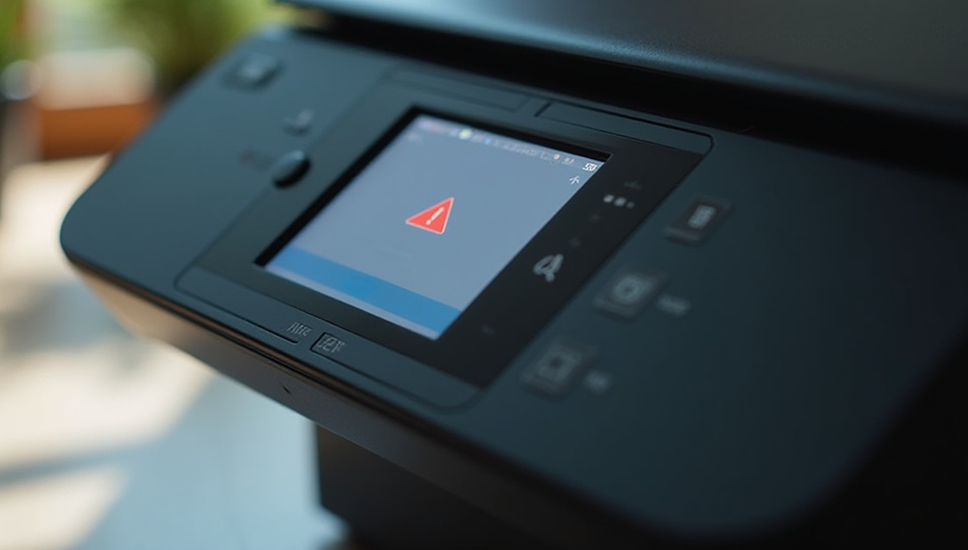That Random Error Code Actually Means Something
You're about to print something important when suddenly—an error code pops up on your printer screen. No explanation, just a code like "E59," "0x6100004a," or “Paper Jam C2.” It’s easy to feel stuck when all you see is a confusing string of numbers and letters.
But here’s the truth: those random codes aren’t as mysterious as they seem. They’re just your printer’s way of pointing out something that needs attention.
What Are Error Codes, Really?
Error codes are short messages your printer uses to tell you there’s a problem. Different brands and models use different codes, but they typically fall into a few common categories:
- Connection issues
- Paper jams or feed errors
- Ink or cartridge problems
- Software or firmware glitches
- Mechanical malfunctions or blocked components
The tricky part is that most printers don’t describe the issue clearly—they expect you to look it up or figure it out. That’s where a little guidance can help.
Common Error Code Triggers
Here are some situations that often lead to error messages:
- Loose paper inside the tray or rollers
- Misaligned or improperly installed cartridges
- Low ink warnings that prevent printing
- Wi-Fi drops or offline printer status
- Failed software updates or corrupted print jobs
- Blocked printhead movement or jammed components
Even something small—like a slightly open door or a sheet of paper loaded the wrong way—can lead to a flashing error on your screen.
What You Can Do First
Before you start digging through menus or searching online, try these general steps. They can help clear many standard error codes quickly:
- Turn Off and Restart the Printer
Power off your printer completely, unplug it for 10 seconds, and plug it back in. This can reset internal memory and clear temporary glitches. - Check for Obvious Jams or Open Panels
Open the main and rear access doors. Remove any stuck paper or debris you find. Even a small piece left behind can trigger a repeated error. - Reinstall Ink Cartridges
Take out the ink or toner cartridges and insert them again carefully. Make sure they click into place and none of the protective tapes or seals are still on. - Look for On-Screen Clues
Some printers offer a short description alongside the code. Look for symbols or highlighted areas on the display screen—they often guide you toward what’s wrong. - Reset the Connection (For Network-Related Errors)
If the error seems to be about communication or connection, try resetting your Wi-Fi or reconnecting the printer through the network settings. - Don’t Ignore Minor Issues
If you’ve seen low ink warnings, paper misfeeds, or skipped prints before the error appeared, they could be directly related. Fixing the initial issue often clears the error too.
Final Words
Error codes might seem frustrating at first, but they’re actually there to help identify what’s wrong. Once you get familiar with how to read them—or what to check first—they become much easier to handle.
If an error code still won’t go away after trying these steps, feel free to contact us. We’re happy to help you figure out what it means and how to fix it, without the stress or confusion.


